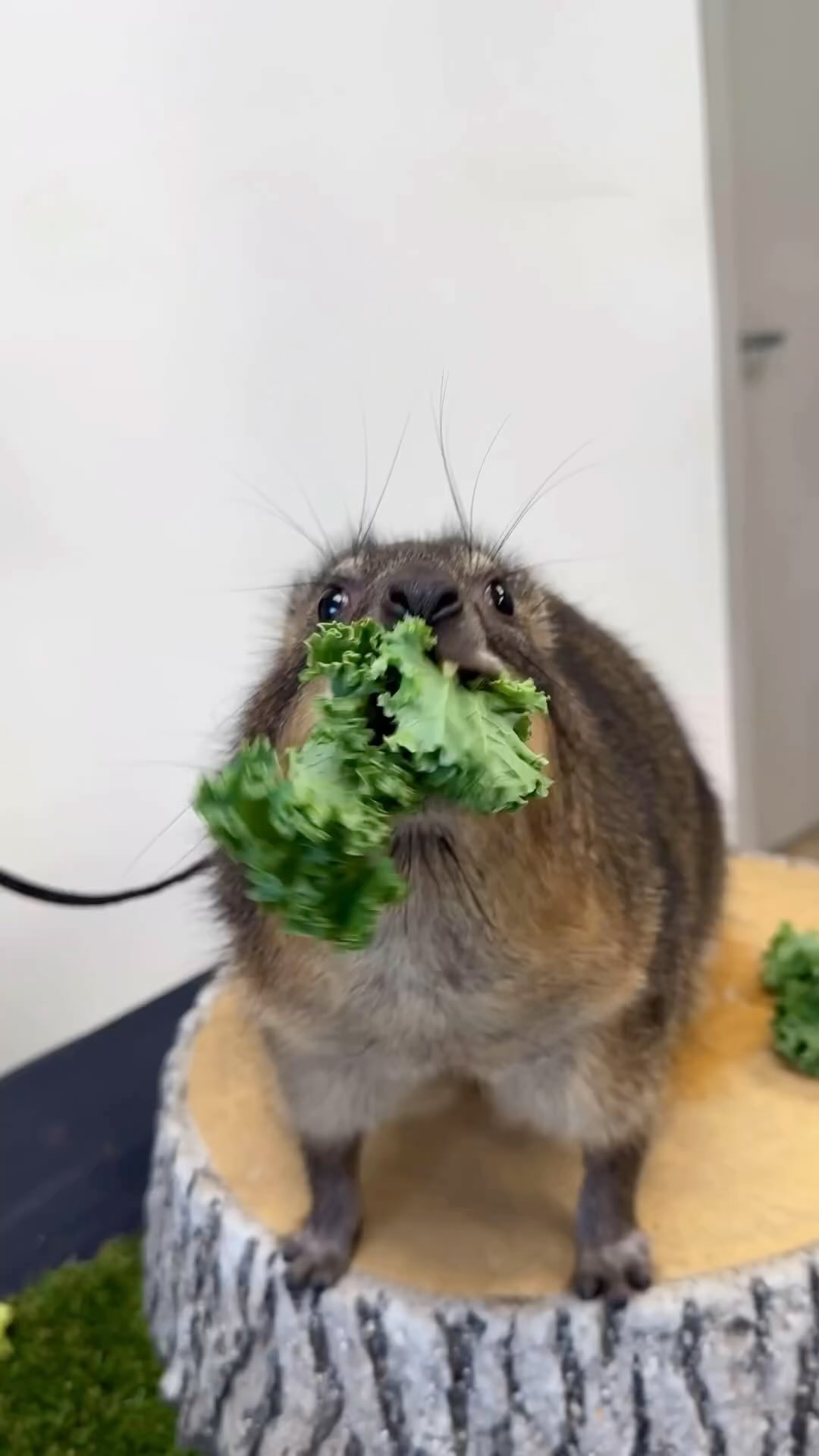– The significance of dietary practices in animal health and well-being at the San Antonio Zoo
– How these feeding moments contribute to educational public engagement and awareness
– The role of specialized diets in the conservation efforts of endangered species
– Exploring the intricate balance of zoo animal nutrition and its effects on physical and mental health
– The importance of public participation and support in wildlife conservation through zoo visits
Feeding time at the San Antonio Zoo is not just a moment for animals to satiate their hunger; it’s a critical component of their overall care and a fascinating spectacle that educates and delights visitors. Each species housed within the zoo’s confines has a diet meticulously planned to mirror what they would encounter in their natural habitats. These diets are devoid of fluff, ensuring each bite contributes to the animal’s health, well-being, and survival.
The dietary practices implemented at the San Antonio Zoo play a pivotal role in maintaining the health and vitality of the animals. Nutritionists and veterinarians work hand in hand to craft diets that meet the specific needs of each species. This might mean preparing high-fiber meals for leaf-eating herbivores or introducing live prey for carnivores to hunt within their enclosures, simulating the thrill of the chase found in wild environments. This attention to dietary detail ensures the physical well-being of zoo inhabitants but also aids in preserving mental health by encouraging natural feeding behaviors.
Feeding moments at the zoo are not solely for the benefit of the animals. They serve as powerful educational tools for the public, connecting visitors and the natural world. Through these experiences, zoos foster a deeper understanding and appreciation for wildlife, inspiring actions that support conservation efforts. The San Antonio Zoo utilizes these moments to highlight the importance of biodiversity, the challenges many species face in the wild, and how human actions impact their survival.
Specialized diets are particularly crucial for the care and conservation of endangered species. Every aspect of zoo life is adjusted for these animals to promote health and increase the chances of successful breeding efforts. For example, the zoo’s efforts might include replicating seasonal changes in a diet to trigger breeding behaviors or carefully balancing nutrients to support pregnant or nursing animals. These specialized feeding strategies are essential in the fight against extinction, supporting the zoo’s broader conservation goals.
Finally, the public’s active involvement in these feeding moments indirectly supports wildlife conservation. Each visit to the San Antonio Zoo is an opportunity to contribute to the global conservation efforts championed by such institutions. Through ticket sales, donations, and participation in interactive feeding programs, visitors fund important research projects and on-the-ground conservation initiatives aimed at preserving species for future generations.
The top munching moments at the San Antonio Zoo are more than mere feeding times. They are an amalgamation of science, education, and conservation, each bite contributing to the health of the animals, the enlightenment of the public, and the preservation of our planet’s incredible biodiversity. Through careful planning, public engagement, and a dedication to conservation, the San Antonio Zoo showcases modern zoos’ critical role in stewardship of our natural world.
*****
Source Description
@sanantoniozoo Our top 5 munching moments! 😋🥰
.


